Term 2 Chapter 1 | 4th Science - Food | 4th Science : Term 2 Unit 1 : Food
Chapter: 4th Science : Term 2 Unit 1 : Food
Food
UNIT 1
Food

Learning Objectives
After learning this lesson,
students will be able to
• differentiate between raw and cooked food
items
• understands the different methods of cooking
• describe the different types of
cooking utensils
• identify hygienic food and food
to be consumed during illness
• explain the importance of not
wasting food
Introduction
Food is one of the basic needs of
life. We get energy for all our activities from food. Food obtained from the
nature provides all the nutrients to our body. But seeing the advertisement, we
are attracted towards junk food. In this lesson, we will study about food items
that are good for our health, cooking methods and the importance of not wasting
food.
I. Food
Let us do
Classify the
following food items.
(Carrot, Egg, Coconut oil, Milk,
Radish, Meat, Potato, Curd, Brinjal, Lady‛s finger, Fish, Drumstick, Butter,
Onion, Buttermilk, Cucumber, Ghee)
Food items from
plants : Food items from animals

Food items from
plants : Carrot, Coconut oil, Radish, Potato, Brinjal,
Lady's finger, Drumstick, Onion, Cucumber
Food items from
animals : Egg,
Milk, Meat, Curd, Fish, Butter, Buttermilk, Ghee
In our daily life, we depend on
plants and animals for our food. Some can be eaten raw but most of them need to
be cooked. Let‛s see what food can be eaten raw and which one needs cooking.
1. Raw Food (Uncooked Food)
Food that we eat directly without
cooking is called raw food.
We eat fruits, some vegetables,
tubers and nuts in the raw form. Some pulses and cereals are also eaten as raw food. All raw food must be washed with clean
water before eating. Some of the raw food items are given below.
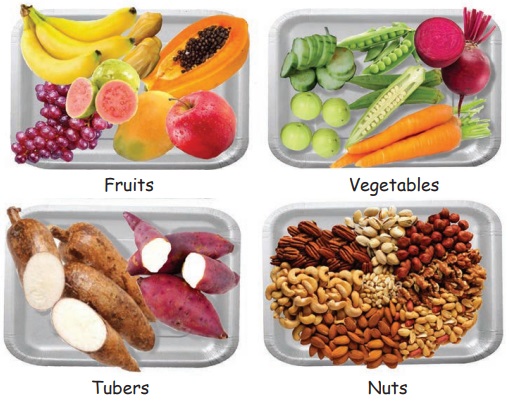
Think and answer
Which food do you eat without cooking?
Answer: Fruits, Vegetables, Tubers,
Nuts.
Let
us Do
Arrange some
fruits, vegetables, nuts and tubers on the table and ask each student to pick
one food item. Based on what food item they choose, divide them into four
groups.
Let us Make
Shall we make some salad?
Collect some raw food items
available in your locality. Clean them with fresh water, cut them into small
pieces (keep the nuts whole), put them in a bowl then add salt, spices and mix
it well. Enjoy your tasty salad!
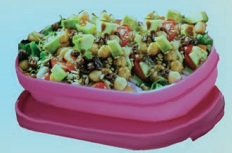
2. Cooked Food
We cannot eat all the food items
in raw form. Food that needs to be processed using heat before it can be eaten
is called cooked food.

Why should we cook
food?
• Cooked food is digested easily.
• Cooking softens the food
materials.
• Cooking kills germs.
• Cooking adds taste and flavour
to food.
Do You Know? Honey is the only food that does not spoil
Try to Answer
Write any five raw and cooked food.
a. Raw food: fruits, nuts, honey, sprouts and
vegetable salad.
b. Cooked food: fish, idly, chicken, pizza, poori and
biriyani.
II. Cooking methods
and Habits
Think and answer
Children, look at the menu card
given here. Do you see food items on this menu? Do you think all these items
are cooked the same way?
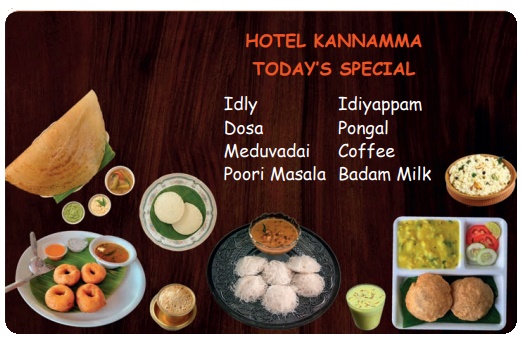
Some of the commonly used cooking
methods are given below.
Boiling: It is a method of cooking food by immersing it in boiling
water. So that the food becomes soft. Example: Rice,
Egg.
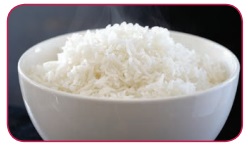
Steaming: It is a method of cooking food in steam by immersing the
vessel in a container with boiling water. Example: Idli,
Idiyappam.
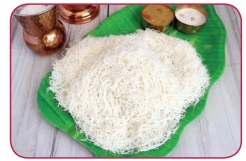
Pressure cooking: It is a method of cooking food in a pressure cooker. Example: Rice, Dhal.
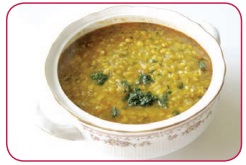
Roasting: It is a method of cooking food by heating on a tawa or
frying pan without covering it. Example:
Groundnuts, Cashewnut.

Frying: It is a method of cooking food in hot oil. Example: Chips, Poori.
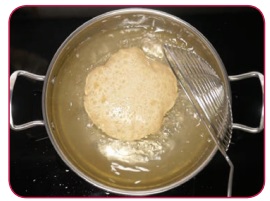

Cooking Habits
• Wash your hands with soap
before cooking.
• Wash vegetables and fruits
before cutting.
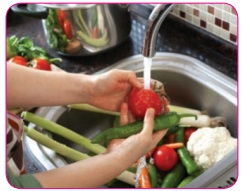
• Wash cooking vessels and knives.
• Don‛t cook food for a long time
because it destroys the nutrients present in the food.
• Don‛t use the same oil for
cooking food many times.
• Using the food items after
their expiry date is not good for health.
Let us do
Tabulate the given food items according to the
cooking methods.
(Rice, Poori,
Murukku, Pop-corn, Idli, Milk, Fish, Puttu, Dhal, Idiyappam, Groundnut)

Boiling: Rice, Milk, Dhal ; Steaming: Idli, Puttu, Idiyappam ; Roasting: Pop-corn ; Frying: Poori, Murukku, Fish
Try to Answer
1. Write any two cooking methods that your mother
follows:
Boiling, Steaming.
2. Say True or False.
a. You should wash your hands before cooking. (True)
b. Vegetables and fruits should be washed after
cutting. (False)
III. Cooking
Utensils
Utensils are in different shapes
and sizes. We use specific utensils for each cooking method. Clay pots were used
earlier. Stainless steel and aluminum vessels are now generally used for
cooking.

Cooking in clay pot
Clay pots are well-suited for all
types of cooking. Cooking in clay pots improves
the quality and taste of food and also retains the
nutrients. The natural insulation properties of clay cause heat and
moisture to balance and circulate throughout the pot and keep the nutrients
unharmed and prevent the dish from burning.
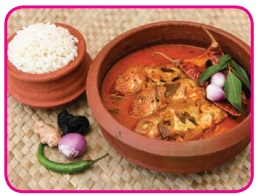
Benefits of claypot
cooking are,
• Easy to digest.
• Preserves the nutrients.
• Needs less oil for cooking.
• Adds flavour to the dish.
• Keeps the food warm for a long
time.
• Keeps the food from becoming
stale soon.
• Alkaline property in the pot neutralizes the acidic property in the food.
Do You Know?
Solar cooker : It is an appliance which is used
to cook food using sunlight. It saves fuel and reduces air pollution.
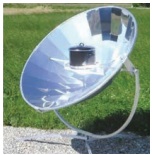
Let us do
Write the cooking
utensils used for preparing given food items.
(Pan, Pot, Rice
cooker, Tawa, Idli cooker)

1. Rice : Pot, Rice cooker
2. Idiyappam, Puttu : Idli cooker
3. Vada : Pan
4. Sambar : Pot
5. Dosa : Tawa
Try to Answer
Write True or False.
1. Earlier people cooked their food in pressure
cooker. (False)
2. Solar cooker reduces the use of fuel. (True)
3. Pressure cooker is not a cooking utensil. (False)
IV. Meal-time
Hygiene
Think and answer
Look at the
pictures given below. Which one is good for health? Why?

Answer: The second picture is good for health, because the food items
are covered to protect them from dust and insects.
Meal-time hygiene includes ways
to make sure that we do not get sick because of the way we eat or make food.
Some of the hygienic ways of taking food are
given below:
• Always cover food to protect
them from dust and insects.
• Eat fresh food always.
• Avoid taking food that is too
cold or too hot.
• Avoid fast food and fried food.
• Always wash your hands with
soap before and after eating.
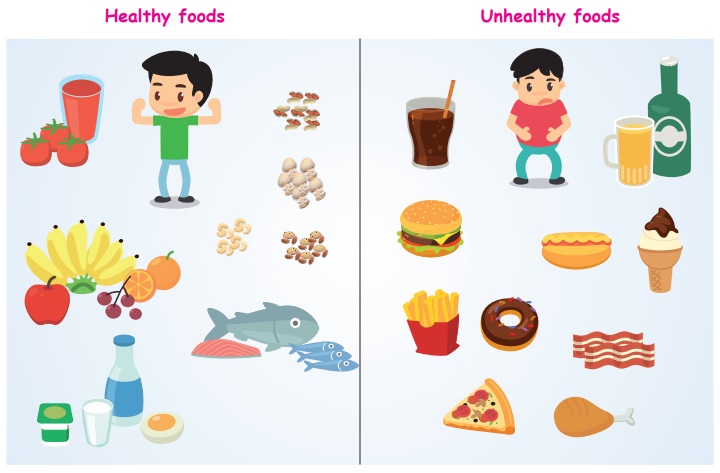
Let us do
Tick (✓) the appropriate
one.
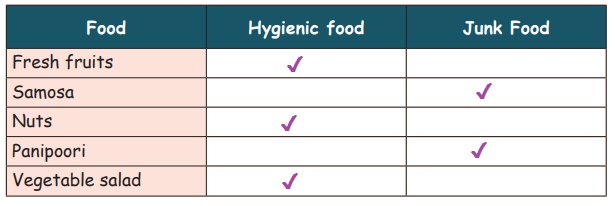
Try to Answer
Write Yes or No.
1. Junk food is good for health. No
2. You should wash your hands before and after
eating. Yes
Let us discuss
Here is Nandini‘s
lunch box.
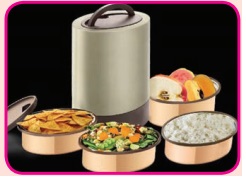
a. Are all the
items healthy?
Answer: No. Not all the items are
healthy.
b. Suggest her to remove one food which is not healthy and add one food which is healthy. Give reasons for change.
Answer: Chips is not healthy. We add vegetable salad.
Reason: Chips is a junk food. Vegetable salad is good for health
because it contains all nutrients.
V. Food During
Illness
Think and answer
When you are sick,
what kind of food your mother serves you?
Answer: My mother serves, porridge of
rice, fruit juice, idly, because they are energy giving, easily digestible
food.
When we are sick, we should avoid
food items that are fried in oil. We should take energy-giving, easily
digestible food. Some of them are given below:
• Porridge of rice or cereals.
• Fruit juice, tender coconut.
• Steamed foods like idly.
Let us do
Note to teacher
Make small paper rolls, each having a food item‛s
name. Put all of them on a table. Make two big circles on the floor. Name one
circle ‘MUST AVOID DURING ILLNESS‛ and another circle ‘MUST TAKE
DURING ILLNESS‛. Ask children to take one roll each and stand in the
correct circle after reading the name on the roll.
Try to Answer
Fill in the blanks.
1. Idly is an easily digested food. (Idly / Biriyani)
2. We should avoid eating junk food. (junk/
fresh)
VI. Food Wastage
Think and answer
• Do you usually eat your lunch without wasting
anything? If you say no, why do you waste?
No, sometimes I waste my lunch. Because at times, I am not
hungry and the food is not tasty.
• Can you suggest few ways to reduce food waste
in your school and house?
❖ Don't fill the plate with too
much of food.
❖ Take a limited quantity of
food only.
❖ If you need more, you can take
it again.
❖ Bring enough food.
❖ Share the excess food with
others.
We should not waste food. Food
that is not eaten is called leftover food. That is discarded as waste.
Following are the simple ways to avoid food wastage.
• Take what you‛ll eat and eat
what you take.
• Share the excess food.
• Give the excess food to hungry
animals.
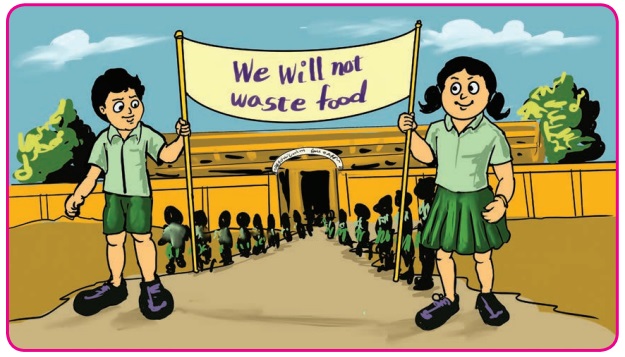
Do You Know?
One third of the food produced in the world is
wasted. It is a total of 1.2 lakh crores tonnes per year. (1 ton = 1000kg)
Food Preservation
We can preserve the food for long
time by using the following methods.
Pickling - Mixing fruits and vegetables with oil and salt. Example- Pickle
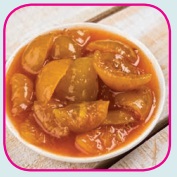
Refrigerating - Keeping food in the refrigerators (fridge)
to preserve them for a short time. Example-Fruits, Vegetables

Drying - Removing the water content of the food. Example- Fish, Red chillies
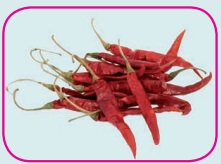
Canning - Storing food in air tight containers. Example-Jam
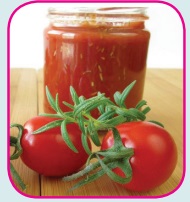
Do You Know? World Hunger Day-May 28
Try to Answer
Fill in the blanks.
1. World Hunger Day is observed on May – 28.
2. We can preserve pickle by Pickling.
Let us do
Make students to
list out all the food wasted in their home (thrown away) for one week. Make
them discuss what they saw and what changes they can make to reduce waste.